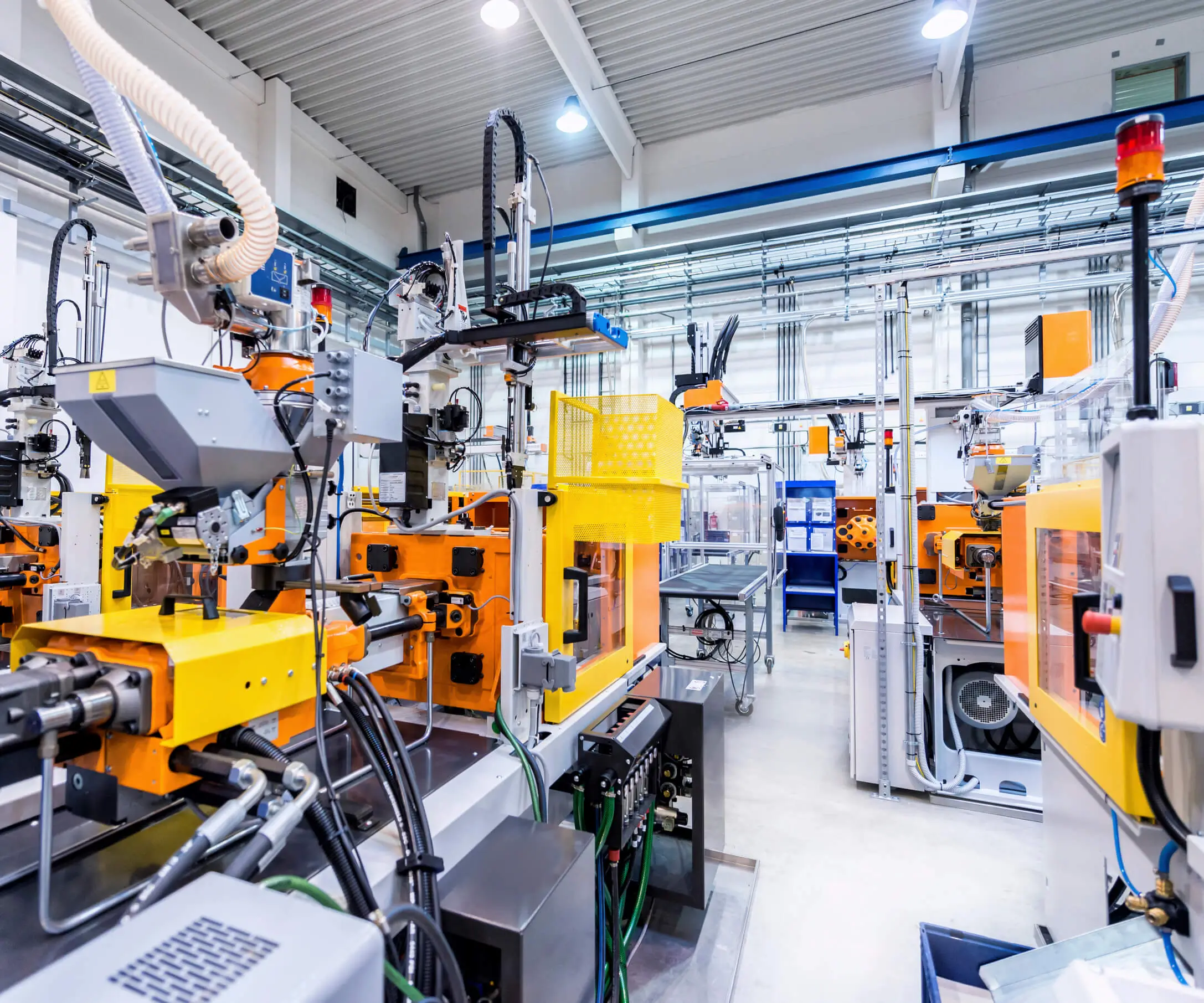Ever been caught in that endless debate? Monolithic versus microservice architecture — it's like choosing between a classic steak and a sushi platter. Both have their charms, but the right pick depends on what you're after. Let’s talk shop, shall we?

When you think monolithic architecture, picture a big, solid block—like a skyscraper built all at once. Everything's tightly coupled, tightly integrated. If one part needs a change, you'd better brace yourself for a ripple effect across the entire system. It’s a straightforward approach that can work for small, less complex projects. But as things grow, it might start feeling like trying to repair a clock by disassembling the entire thing.
Contrast that with microservices. Think of it as a bustling city of tiny, focused businesses working in harmony. Each service does its own thing, communicates through well-defined channels, and can be updated, scaled, or replaced without throwing the entire city into chaos. It’s more flexible, more resilient. When a hiccup happens in one tiny shop, the whole street doesn’t shut down. Ever tried assembling furniture with tiny, easily manageable parts? That’s what microservices feel like.
Now, here’s a question that pops up—"Is it better to go monolithic because it’s simpler or microservices because it’s scalable?" It’s kind of like asking if pizza or burgers are better. Depends on the situation! Monoliths let you get up and running quick. They’re less complicated initially; you don’t need to set up a billion little connections. But as your product balloons in features, users, and load, scaling becomes a headache. With microservices, hitting high traffic numbers is more manageable because you can simply add more services—like flipping switches.
Are there times when monoliths still steal the show? Sure. For startups testing waters, a monolithic approach can save a lot of headaches early on. It’s like building a house; start simple, then renovate as needed. Microservices shine when you're in full swing—think Netflix or Amazon—massive users, constant updates, and need for agility.
To make it really concrete, imagine a shopping app: If it’s monolithic, all features—product listing, payment, user data—are bundled tight. One glitch, and everything might stumble. But if those features are microservices? Pay for something? Only that particular service gets checked. No need to restart the entire app.
The truth? Picking between the two isn’t about which is better in theory. It’s about what fits the goal, the size, and the future plans. Flexibility? Speed? Maintenance? Those play huge roles. And if you’re aiming for rapid growth without sacrificing reliability, microservices are often your best bet. They might cost more upfront—more complexity, more management—but they pay dividends as your product scales.
Understanding these choices isn’t just tech talk; it’s about making your product robust and ready for whatever the future throws at it. That’s where real confidence kicks in.
Established in 2005, Kpower has been dedicated to a professional compact motion unit manufacturer, headquartered in Dongguan, Guangdong Province, China. Leveraging innovations in modular drive technology, Kpower integrates high-performance motors, precision reducers, and multi-protocol control systems to provide efficient and customized smart drive system solutions. Kpower has delivered professional drive system solutions to over 500 enterprise clients globally with products covering various fields such as Smart Home Systems, Automatic Electronics, Robotics, Precision Agriculture, Drones, and Industrial Automation.




































